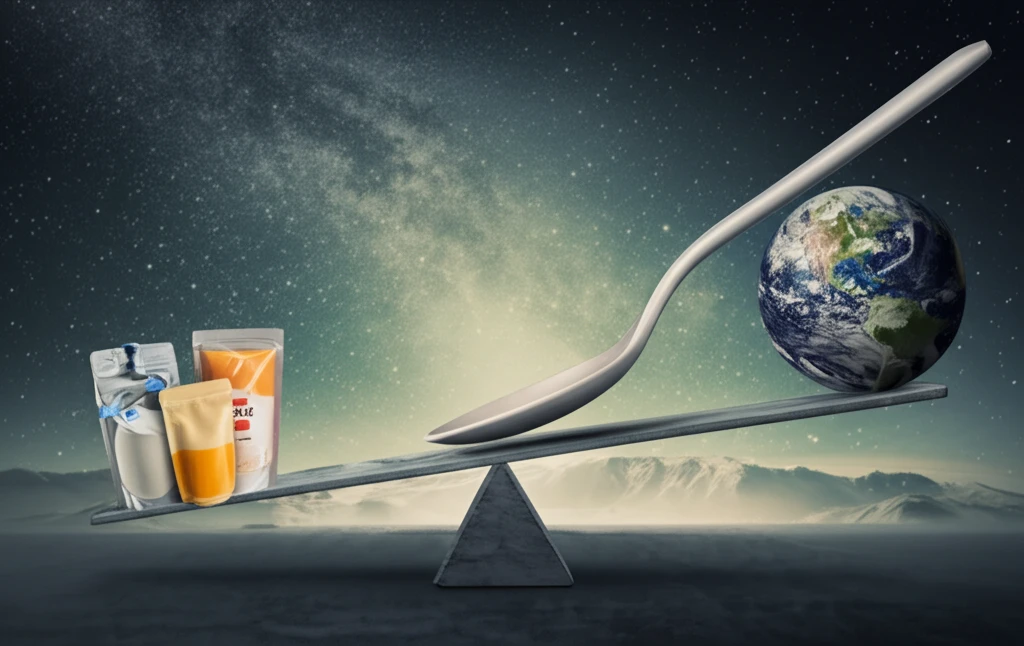
Baby Food Dilemma: Are Ready-Made Porridges Really Worth It?
"Uncover the surprising environmental impact of your baby's breakfast choice and learn how to make sustainable swaps."
As parents, we're constantly seeking the best for our children, and that often begins with nutrition. In today's fast-paced world, ready-made baby food products, particularly porridges, have become a staple for many families. They offer convenience and the promise of balanced nutrition, but have you ever stopped to consider the environmental impact of these choices? While the nutritional value is paramount, it’s becoming increasingly clear that sustainability needs to be part of the equation too.
The environmental footprint of the food industry is substantial, and baby food is no exception. Every stage, from the sourcing of raw materials to the manufacturing, packaging, and transportation of the final product, contributes to this footprint. Understanding these impacts can empower parents to make informed decisions that not only benefit their children's health but also protect the planet for future generations.
This article dives deep into a recent study analyzing the life cycle environmental impacts of both dry and wet ready-made baby porridges. We’ll explore the key findings, uncover surprising truths about which option is more eco-friendly, and provide practical tips and swaps you can implement today to reduce your baby's environmental footprint. Let’s embark on this journey to make breakfast time a little greener, one spoonful at a time.
Dry vs. Wet: Unpacking the Environmental Impact of Baby Porridge

The study meticulously compared the environmental impact of dry and wet ready-made baby porridges across their entire life cycles. This included everything from growing the ingredients (like oats and rice) to manufacturing, packaging, transportation, retail, usage, and disposal. The results revealed a significant disparity between the two options, with wet porridges generally having a larger environmental footprint.
- Global Warming Potential (GWP): Wet porridge clocks in at 2.6 times higher GWP than dry porridge, primarily due to manufacturing and packaging.
- Abiotic Depletion Potential: A whopping 23 times higher for wet porridge, mainly due to the glass jar and aluminum lid.
- Ecotoxicity Potentials: Wet porridge shows significantly higher freshwater and marine aquatic ecotoxicity.
Making Greener Choices: Practical Swaps and Sustainable Habits
The journey to a more sustainable lifestyle isn't about perfection; it's about making informed choices and embracing small changes that collectively make a big difference. By understanding the environmental impact of your baby's food choices and implementing some of these swaps, you can contribute to a healthier planet while still providing the best for your little one.
